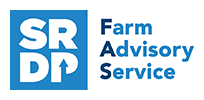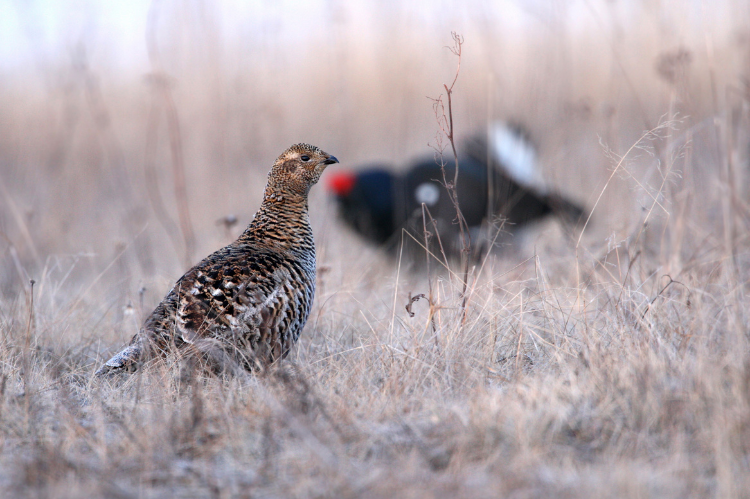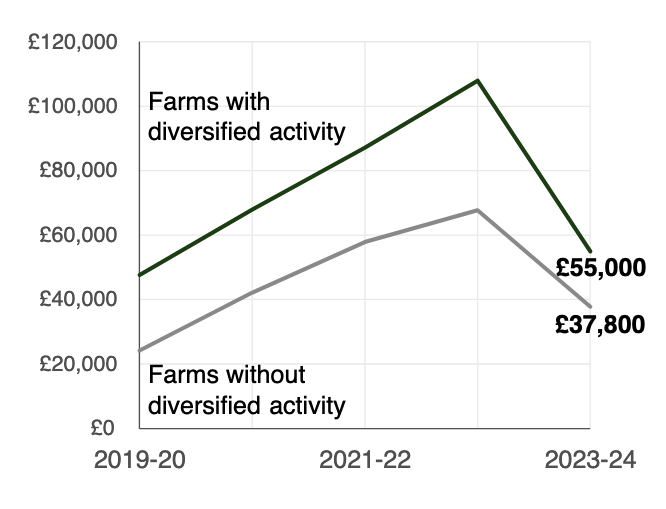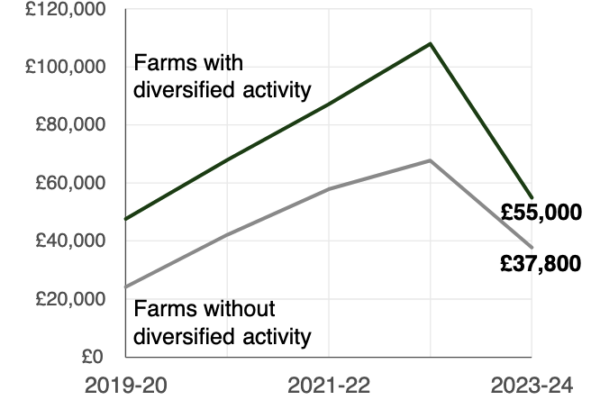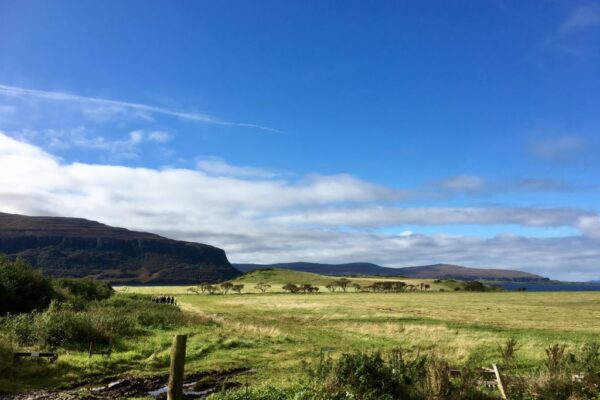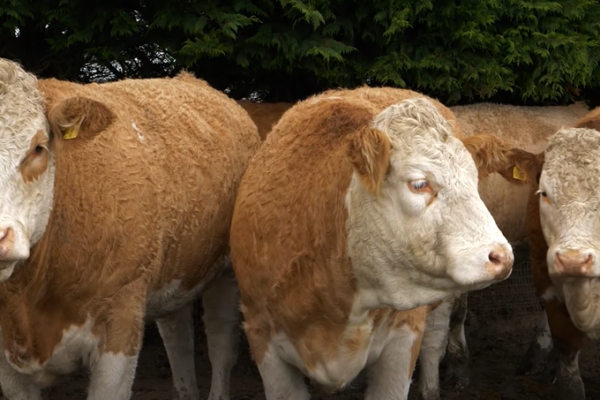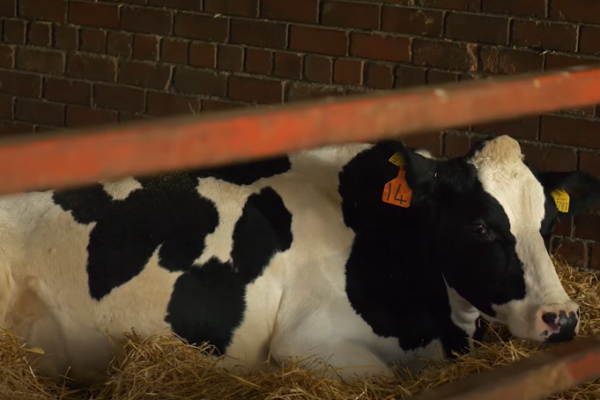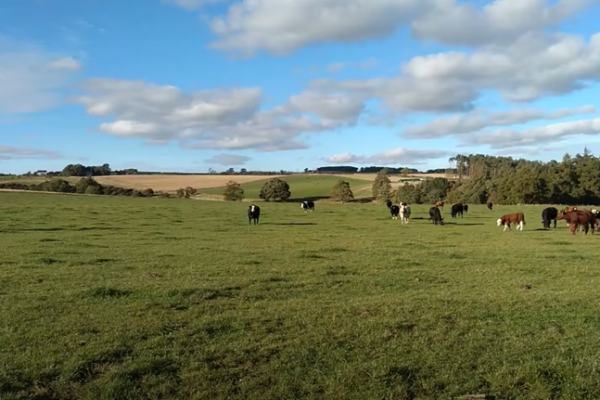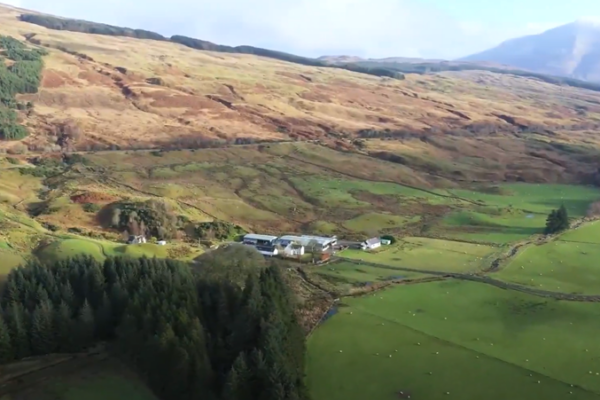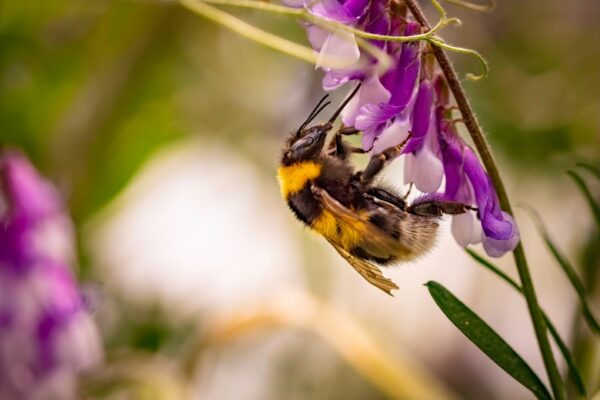Agribusiness News January 2025 – Policy Brief
1 January 2025Round up of 2024
In March, the Land Reform (Scotland) Bill was introduced. It is aimed at how land in Scotland is owned and managed in rural and island communities. Proposals include, in certain cases, prohibiting landholdings over 1,000 ha from being sold until Ministers can consider the impact on the local community. This could lead to some landholdings being lotted into smaller areas and/or communities being given the opportunity to take on ownership of some or all of the land in question.
In April, the Wildlife Management and Muirburn (Scotland) Bill became law. Designed to protect wildlife, the new Act bans the practice of snaring and the use of glue traps to catch rodents. It also gives greater powers to the SSPCA to tackle wildlife crime and introduced a new licencing framework for grouse moors whereby it is now illegal to shoot or take red grouse from an area without a licence; this applies to both walked up and driven grouse shoots. Applications can be made online on the NatureScot Website.
In May, in preparation for the gradual transition to the new agricultural support framework which will start in 2027, the Scottish Government announced that from 2025, under the Scottish Suckler Beef Support Scheme, calves will only be eligible for payment if their dam’s calving interval is 410 days or less. While in future years, the maximum calving interval could potentially be reduced by another 10 days, the maximum 410 calving interval conditionality will also be held for the 2026 claim year.
Under Preparing for Sustainable Farming – Whole Farm Plans, in addition to the support funding available for carbon audits, soil analysis and animal health and welfare plans; two new initiatives were announced – Biodiversity Audits and Integrated Pest Management Plans. Further details about the new Integrated Pest Management plans are available on the Plant Health Centre website. From 2025, in return for eligibility for basic payments, farmers and crofters will have to declare on their IACS Single Application Form that they have carried out at least two of the five activities that are relevant to their business.
In addition to which, linked to GAEC No6 – Maintenance of soil organic matter; new cross compliance conditions are being introduced for wetlands and peatlands to help protect vital carbon stores.
In July, the new Agriculture and Rural Communities (Scotland) Bill became law. As part of the Scottish Government’s ‘Vision for Agriculture’; it will provide a framework to support the agricultural sector to play its part in cutting emissions, mitigating climate change, enhancing nature and biodiversity, as well as continuing to support the sector in its critical role with regards providing Scotland with a sustainable and resilient food system.
In September, the new Scottish Kept Bird Register was announced whereby all Scottish bird keepers, large or small, are required to register their bird location. The new ruling applies to domesticated bird species including hens, ducks, geese and quails. Once registered, the information must be updated annually.
In November, the Climate Change (Emissions Reduction Targets) (Scotland) Bill was passed. To provide a more reliable framework for emissions reduction; the new law is seeking to set a limit on the amount of greenhouse gases emitted over each five-year period starting with 2026-2030.
Looking to 2025 and beyond…
Sheep and Goat Inventory
All keepers of sheep and goats in Scotland must complete the online Sheep and Goat Inventory by midnight on the 30 January 2025.
Preparing for Sustainable Farming (PSF) – 2024 Year Grant Claims
All carbon audits, soil analysis and/or animal health and welfare claims for the Scheme year 1st January 2024 to 31st December 2024 must be submitted by midnight on 28th February 2025. Full guidance on how to make a claim is available on the Preparing for Sustainable farming portal on the Rural Payments and Services Website. Please note late claims will be rejected for payment.
Slurry Storage
From the 1st January 2026, under the Water Environment (Controlled Activities) (Scotland) Amendment Regulations 2021, all businesses out with NVZ areas which produce slurry from housed livestock must have sufficient slurry storage capacity equivalent to:
- 26 weeks for housed pigs and/or
- 22 weeks for housed cattle
This capacity must also be sufficient to capture and store any rainwater entering the system, including runoff from dirty yards, silage pits and parlour washings. For more information please click on this link Farming and Water Scotland – Slurry and Manure Storage
Sign up to the FAS newsletter
Receive updates on news, events and publications from Scotland’s Farm Advisory Service
